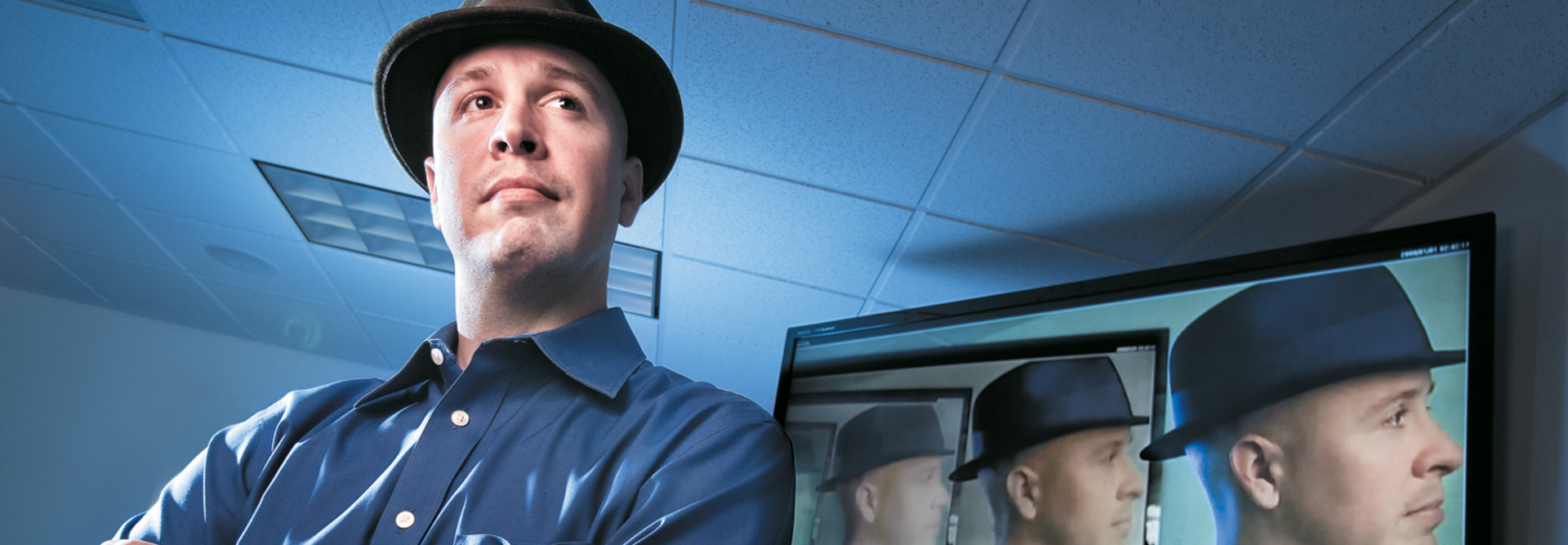Conference Room Refresh: Video Conferencing Saves Companies Time and Money
There’s nothing like an office move to prompt some big changes. So when network solutions provider Moxa made plans to move its headquarters to a new building in Brea, Calif., last year, IT specialist Edward Murphy saw an opportunity to finally bring the company’s conference rooms and meeting spaces into the 21st century.
“Our people needed to host regular meetings here so people in the field could be involved, and they needed to provide training without having to dim the lights or talk really loudly or find the old projector that someone had taken and then hadn’t put back,” he says.
Moxa also uses its conference space for product demonstrations and for training employees and end users on those products, Murphy says. “And, of course, everyone wanted it to be simple to use and as low-cost as possible,” he adds.
Murphy set about finding technology that would meet all of the company’s requirements, but that would also be flexible enough to add capabilities over time. He decided to deploy a touch-panel control system with audio and video powered by 70-inch displays from Crestron, as well as wireless microphones and Moxa’s own wireless bridge.
The new system has made a major difference in how the company runs meetings. “We’re not just relying on some phone at the front of the room,” Murphy says. “We actually have a fully integrated system where we can do everything from the notebook.”
The system is so popular that Murphy plans to add more video capabilities and a wireless front podium, additions that are relatively easy and inexpensive to make. “People love using the room to do all kinds of things,” he notes. “It’s taken off like wildfire.”
The investment also saves the company money — as much as $15,000 a year, Murphy says — by reducing the cost, time and effort required for travel, renting outside conference space, and shipping equipment and material to different venues.
“It’s hard to do an ROI analysis on a conference room, but we pretty much figured that the solution we bought would more or less pay itself off in two or three years,” Murphy explains. “One of the big reasons is because we can now do everything we need to do — and do it effectively — right here at our headquarters, so a lot of our savings are in time and convenience.”
The Right Stuff
Technology can enhance the conference room experience, and a number of breakthroughs in product capability, cost and flexibility now make upgrades attractive to small and medium-sized businesses and nonprofits, says Robert Eastman, an analyst for traditional, new and emerging technologies at SMB Research.
Companies can equip their meeting spaces for video, audio or web conferencing with centralized room-control systems, built-in and cart-mounted video projectors and high-definition displays with touch-screen capabilities. Additional technologies to consider include document cameras, wireless microphones and podiums, high-end sound systems, mobile-device integration, interactive whiteboards and Voice over IP phones.
Eastman says high-tech meeting and demo spaces are especially relevant for companies that depend on communicating effectively with far-flung employees or clients, have large and ongoing training needs, or rely strongly on visuals to help sell products or explain complex topics.
Under the right circumstances, he says, this type of investment can help smaller organizations work better and faster, improve their work processes and even change how they do business. Upgraded conference rooms can also improve relationships with clients, Eastman says.
“If you bring them into a well-equipped, modern conference room, they can see that you not only put a lot of focus and importance on the way you work and communicate, but that you also can do more innovative things with your clients that you were not able to do before,” he says.
Many of those potential benefits led the Translational Research Institute for Metabolism and Diabetes (TRI) to upgrade its conference rooms when it built a new headquarters in Orlando, Fla. Up and running since March, the rooms feature NEC projection systems and large-screen displays and video conferencing features that let TRI’s scientists easily collaborate and share data with members of scientific teams at universities and other institutions across the country.
“It’s faster and cheaper in the long run,” says Robert Deininger, TRI’s administrative director. “Our initial capital outlay is easily outweighed by the benefit of being able to have groups of people remain in their own environment and still have face-to-face meetings and do presentations across multiple settings,” he says.
Connecting from Afar
Morris Polich & Purdy, a law firm with offices in California and Nevada, has also leveraged a video conferencing system in its conference room to improve client and employee communications. The system has helped the firm contain costs as it has grown from three U.S. offices to five and from 52 attorneys to more than 100.
The average time participants spend preparing for, traveling to and attending an in-person meeting with five people — more than three times the amount required for an audio or video conference.
SOURCE: "Meetings in America" (Verizon, 2012)
The law firm purchased a Polycom HDX Series video conferencing system for each of its five offices. The equipment features the EagleEye Director tracking camera, which locates and zooms in on active speakers based on sound and motion, whether they’re in the room or in another location; and RealPresence Mobile, which lets traveling employees attend meetings via their iPad, iPhone or desktop PC.
Any office or mobile employee can initiate a conferencing session, and with a free app from Polycom, clients can connect to the system and participate using their own conferencing system.
George Brandon, the firm’s partnership development leader, says that the company especially needed better and more cost-effective communications between offices and with clients. Relying on external video conferencing services was expensive — one video conference with a client in New Zealand had cost as much as $3,000 — but flying attorneys to client sites was even more so. And audio conferences don’t let attorneys pick up on the facial expressions, body language and other nonverbal nuances that come into play during negotiations and other legal proceedings.
Now, the firm holds its Monday business development meetings with participants in all five offices via video conference.
When attorneys do have to travel, they can still attend critical internal or client meetings from any location.
“It’s just so flexible and simple that we are using the system all the time, and not just for the obvious,” Brandon says. “The more we use it, the more ways we find to use it. So we’re really getting some value out of it — and it’s saving us a lot of money.”








